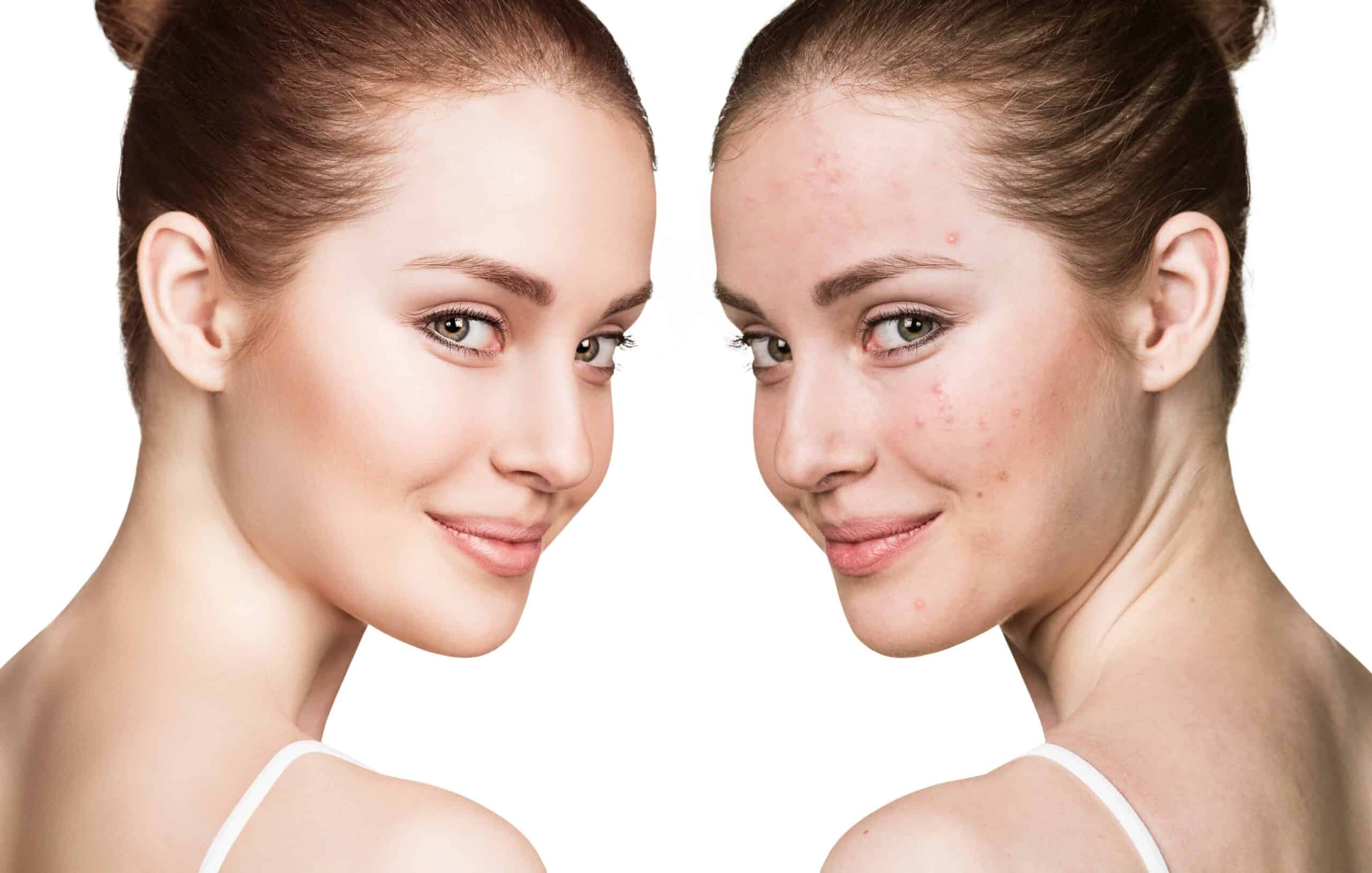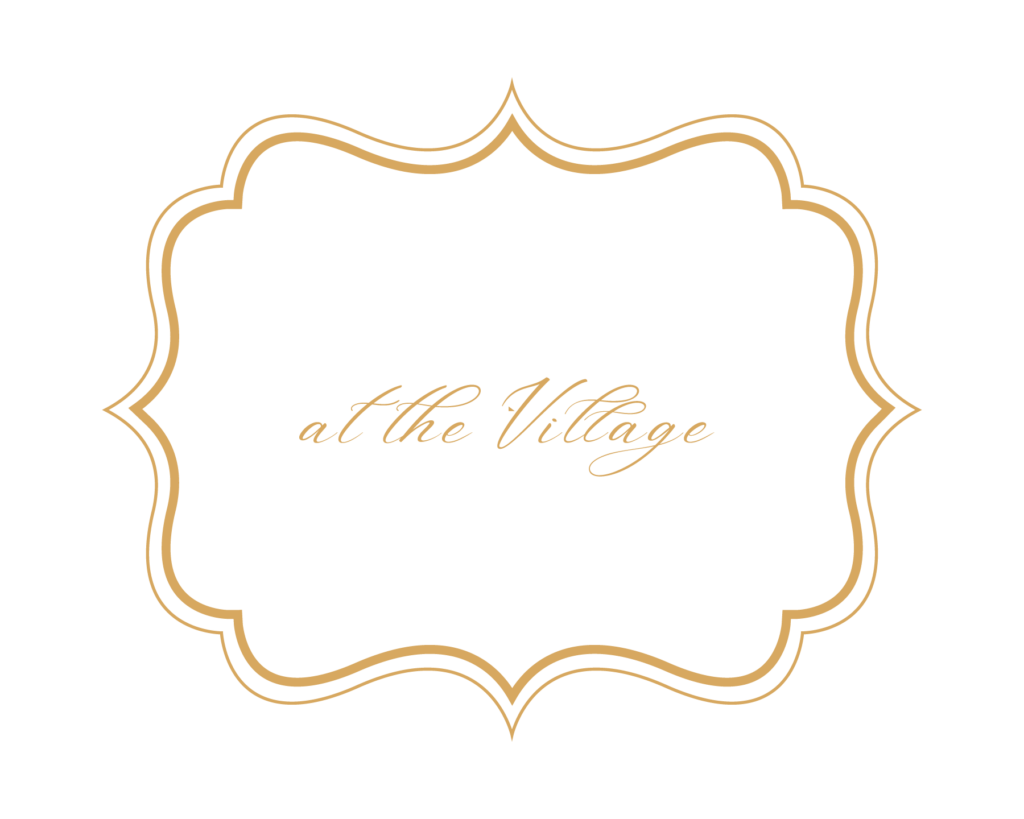Are you tired of hiding your legs due to unsightly spider veins or varicose veins? Do you experience leg pain, swelling, or cramping that limits your daily activities? Sclerotherapy may be the solution you’ve been looking for. Sclerotherapy is a minimally invasive process used for decades to treat spider and varicose veins. In this article, we’ll dive into the details of Sclerotherapy, including its procedure, benefits, and side effects.
What is Sclerotherapy?
Sclerotherapy is a medical procedure known to treat spider veins and varicose veins excellently. A solution is injected directly into the affected vein during the procedure, causing it to scar and close off. Over time, the body absorbs the closed vein, and blood flow is redirected through healthier veins.
The solution used in Sclerotherapy can be made from various substances, such as saline, glycerin, or a chemical called sodium tetradecyl sulfate. The choice of solution depends on the size and location of the vein being treated and other individual factors.
Sclerotherapy is usually performed as an outpatient procedure, meaning patients can go home the same day. Multiple injections may be necessary to treat a single vein, and some patients may require multiple sessions to achieve optimal results.
Procedure
If Sclerotherapy is catching your attention, here is a detailed procedure of Sclerotherapy that you might want to know:
- Evaluation: Before the procedure, the healthcare provider will perform a physical exam and evaluate the veins to be treated. They may also use ultrasound to visualize the veins and determine the best approach.
- Preparation: Before the procedure, the patient will be asked to avoid certain medications like blood thinners. They may also be asked to avoid shaving their legs and to wear loose-fitting clothing.
- Positioning: The patient will lie on a table with their legs elevated to help with blood flow.
- Cleaning: The healthcare provider will clean the skin over the affected veins with an antiseptic solution.
- Injection: The healthcare provider will inject a small amount of the sclerosing solution directly into the affected vein using a fine needle. The number of injections needed depends on the size and number of veins being treated.
- Compression: After each injection, the healthcare provider may apply compression to the treated area to help prevent blood from flowing back into the treated veins; this can be done using compression bandages or stockings.
- Aftercare: The patient may be asked to walk around briefly to promote blood flow and prevent clot formation. The healthcare provider may also recommend certain activities to avoid, such as hot baths or exercise, for a certain period after the procedure.
- Follow-up: Depending on the extent of the treatment, the patient may need to return for additional sessions to achieve optimal results.
The procedure typically takes fifteen to forty-five minutes, depending on the number of veins being treated. While most patients can resume normal activities immediately after the process, following the healthcare provider’s aftercare instructions is essential to ensure the best possible outcome.
Advantages
Sclerotherapy offers several advantages as a treatment for spider veins and varicose veins, including:
- Non-invasive: Sclerotherapy is a minimally invasive procedure that doesn’t require incisions or general anesthesia, making it a relatively low-risk option compared to other vein treatments.
- Practical: The famously known vein treatment is effective for spider veins and minor to medium-sized varicose veins, with success rates ranging from 60-80%. Your healthcare provider may suggest several sessions to achieve optimal results.
- Convenient: Sclerotherapy is typically performed in an outpatient setting, meaning patients can go home the same day and resume normal activities immediately after the procedure.
- Customizable: The solution used in Sclerotherapy can be adjusted depending on the size and location of the treated vein, making it a versatile treatment option.
- Cosmetically appealing: Sclerotherapy can improve spider and varicose veins’ appearance, leading to smoother and clearer-looking skin.
- Cost-effective: The treatment is often less expensive than other vein treatments, such as laser therapy or surgical procedures.
Sclerotherapy is a safe, effective, and convenient treatment option for many patients with spider and varicose veins.
Side Effects
Like any medical procedure, Sclerotherapy may have some potential side effects. While most side effects are mild and temporary, some can be more serious. The possible side effects of Sclerotherapy include:
- Discomfort: Patients may experience mild pain, cramping, or aching in the treated area, which subsides in a few days.
- Bruising: It’s common for patients to have some bruising or discoloration around the injection site. But this resolves within a few days to a few weeks.
- Skin discoloration: In some cases, the treated vein may leave behind a small patch of discolored skin.
- Allergic reactions: In rare cases, patients may have an allergic reaction to the sclerosing solution, which can cause hives, difficulty breathing, or swelling.
- Blood clots: Although uncommon, blood clots can form in the treated veins, which can be painful and require further medical attention.
- Infection: There is a small risk of disease at the injection site.
- Hyperpigmentation: Some patients may experience hyperpigmentation, the darkening of the skin in the treated area, which is usually temporary but can sometimes be permanent.
- Rare complications: Although rare, serious complications such as strokes or seizures have been reported following sclerotherapy treatment.
There is no need to overthink all these as the side effects will eventually dissipate. However, it would help if you discussed the potential risks and benefits of Sclerotherapy with a qualified healthcare provider before undergoing the procedure.
Who should try Sclerotherapy?
Sclerotherapy is an option for individuals with spiders and slight to medium-sized varicose veins. It may be recommended for patients who experience symptoms such as leg pain, swelling, cramping, or restless legs. Sclerotherapy may also be recommended for patients concerned about the cosmetic appearance of spider and varicose veins.
However, only some are suitable candidates for Sclerotherapy. Patients with large varicose veins may require alternative treatment options, such as endovenous laser therapy or surgical procedures. Patients who are pregnant or have a history of blood clots may also not be eligible for Sclerotherapy.
We recommend you consult a qualified healthcare provider to determine if Sclerotherapy is the best treatment option for your needs and medical history. They can evaluate your symptoms and perform an ultrasound to visualize the veins and choose the best approach for treatment.
Parlour Enterprises, LLC DBA Parlour at the Village is the qualified healthcare provider you might be looking for! Try Sclerotherapy today and contact them.






